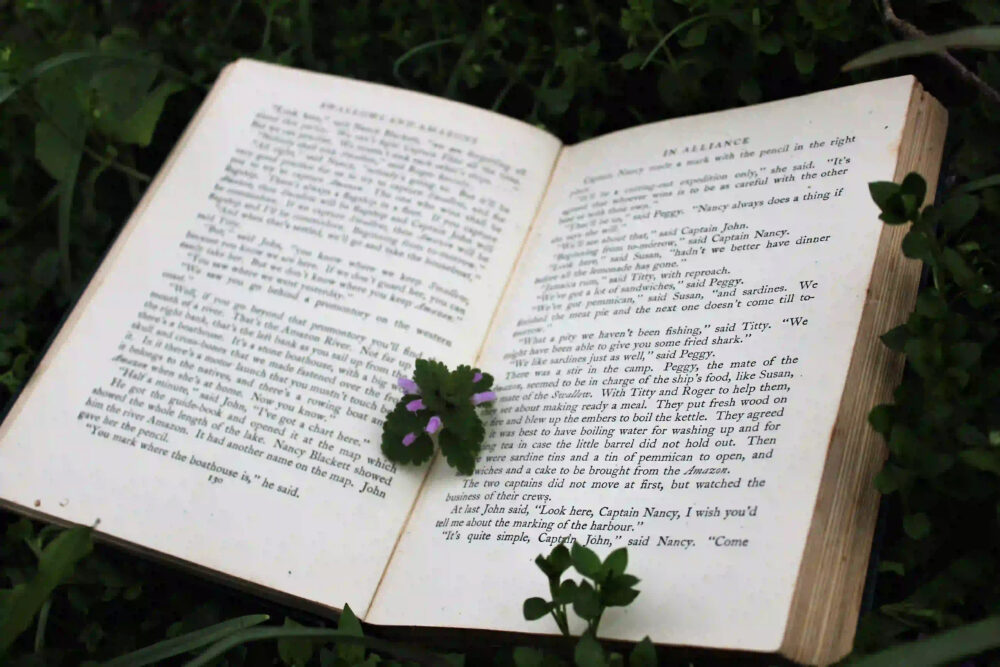Fairy tales have always held a special place in our hearts. These enchanting stories have captivated readers for centuries, transporting them to magical worlds filled with talking animals, evil witches, and brave heroes. But have you ever wondered how fairy tales have evolved over time? In this blog post, we’ll explore the fascinating journey of fairy tales, from the dark and twisted tales of the Grimm Brothers to the beloved animated classics of Disney.
The Grimm Brothers: Unveiling the Dark Side
The Grimm Brothers, Jacob and Wilhelm, are often credited with collecting and popularizing some of the most famous fairy tales we know today. Their collection, “Grimms’ Fairy Tales,” published in the early 19th century, introduced readers to a world filled with wonder, but also darkness. These tales were not the cheerful and sanitized versions we are familiar with today. Instead, they delved into the harsh realities of life, exploring themes of death, betrayal, and moral ambiguity.
One of the most iconic tales from the Grimm Brothers’ collection is “Snow White.” In the original version, the evil queen is not defeated by true love’s kiss but rather dances herself to death in red-hot iron shoes. This dark twist reveals the stark contrast between the original fairy tales and the more lighthearted versions we are exposed to today.
Disney: Adding Magic and Charm
Fast forward to the 20th century, and we encounter the magical world of Disney. Walt Disney revolutionized fairy tales by bringing them to life through animation. Disney took the essence of these timeless stories and infused them with his own brand of magic and charm. With classics like “Cinderella,” “Sleeping Beauty,” and “Beauty and the Beast,” Disney introduced a new generation to the enchantment of fairy tales.
Disney’s adaptations often featured beautiful princesses, charming princes, and happily ever afters. While they retained some of the original elements, these stories underwent significant changes to make them more suitable for a younger audience. The dark and sometimes gruesome aspects were toned down, replaced by catchy songs, talking animal sidekicks, and comedic moments.
The Modern Era: Embracing Empowerment and Diversity
As we entered the 21st century, fairy tales continued to evolve. The modern era brought forth a shift in storytelling, as creators began to reinterpret these age-old tales with a fresh perspective. The focus shifted from passive princesses waiting for their prince to proactive heroines who took charge of their own destinies.
Disney’s “Frozen” shattered traditional stereotypes by portraying a strong bond between two sisters, Elsa and Anna, and placing an emphasis on self-acceptance and love. Similarly, “Moana” showcased a young Polynesian heroine on a quest to save her people, highlighting the importance of cultural representation and diversity.
Conclusion: A Timeless Legacy
From the dark and cautionary tales of the Grimm Brothers to the magical and whimsical adaptations of Disney, fairy tales have evolved to reflect the values and aspirations of each generation. These stories have a timeless quality that continues to resonate with audiences of all ages, reminding us of the power of imagination, the triumph of good over evil, and the importance of love and self-discovery.
As we continue to revisit and reinvent fairy tales, one thing remains certain: these enchanting stories will always hold a special place in our hearts, capturing our imagination and allowing us to believe in magic, even if just for a little while.
Note: This blog post is a work of creative writing and does not intend to provide a comprehensive analysis of the topic. The opinions expressed are those of the author and not necessarily reflective of any specific organization or entity.
